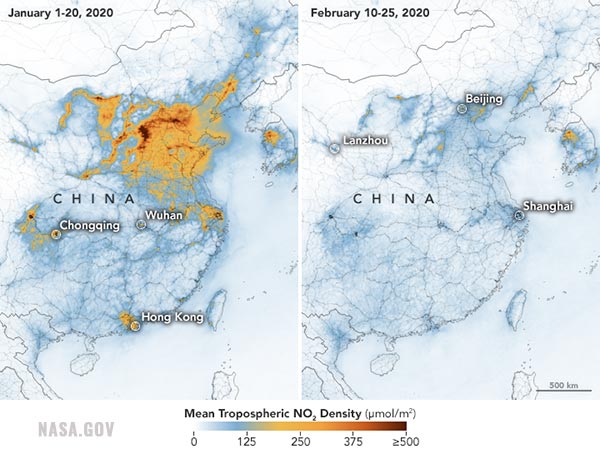Summer heat will NOT slow down the coronavirus outbreak
04/20/2020 / By Franz Walker

A new study has found that summer will not slow down the spread of the coronavirus (COVID-19) in the northern hemisphere. Previously, it was believed that an increase in ambient temperatures would slow the virus’s spread, as it does with other infectious diseases such as influenza and SARS. However, after comparing transmission rates with weather data, scientists from Fudan University in Shanghai revealed that no such relationship seems to exist for COVID-19.
“It is premature to count on warmer weather to control COVID-19,” states the study. “And relying on seasonality to curb this pandemic can be a dangerous line of thought.”
Ambient temperature does not affect the virus’s transmission ability
In the study, Dr. Wang Weibing and his colleagues used data from China’s National Health Commission, together with those from provincial health commissions, to analyze the spread of COVID-19 infections in the country. The team included 224 cities in China, including 17 in Hubei province, where the pandemic began. (Related: China’s response to COVID-19 is the latest in string of COVER-UPS and suppression.)
The team then compared this information with daily weather data, including mean temperature and relative humidity, from the China Meteorological Data Sharing System. They also included data from ultraviolet (UV) radiation, using data from erythemal daily doses (EDD) from the Ozone Monitoring Instrument (OMI) on the NASA Aura satellite. The average of the EDD values from the OMI were matched within city areas and assigned as the daily mean EDD level for the corresponding city.
Upon comparing the rates of transmission with the weather data, the team found that changes in the weather did not seem to affect the spread of the virus. They found no significant association between changes in mean temperature and the incidence rate of infections from the virus in cities inside and outside Hubei province. Similarly, fluctuations in UV radiation was also not associated with any fluctuations in the incidence rate. Relative humidity also did not factor into the spread of the virus.
This has been observed before with other viruses
The coronavirus isn’t the first infectious disease to have defied expectations and remained unaffected by the arrival of warmer weather. The researchers noted that the same thing also occurred with MERS, Middle East respiratory syndrome, where the total caseload in the Arabian Peninsula continued to increase even temperatures reached as high as 113 F.
Other recently emerged diseases transmitted from animals into humans, such as Ebola and certain pandemic strains of influenza, have also displayed unpredictable patterns of transmission.
Swift action, not change in season, is the key to fighting coronavirus
With their findings, the team warned against relying on seasonal changes to fight the virus. While previous studies on respiratory diseases have shown that the viruses behind SARS and influenza require certain temperatures to survive, the study shows that the virus behind COVID-19 does not.
The researchers note that, while the timeline of the SARS outbreak — beginning in November 2002 and ending in July 2003 — suggests that it was seasonal, effective case finding, contact tracing and quarantine had as much to do with how it was put under control. Additionally, the researchers also noted that factors such as the lack of school in the summer, keeping children from being clustered together, also helped stymie the spread of that outbreak.
“Urgent policies or interventions — such as community travel bans and school closures — are needed to help slow transmission,” wrote the researchers.
Now the team does admit that the period covered by the study did not represent a whole meteorological pattern associated with the transmissibility of the disease. However, while future studies with longer follow up periods may be needed, the team noted that they did not observe a reduced rate of transmission of COVID-19 in some southern Chinese cities, such as Sanya, Haikou and Danzhou, where average daily temperatures can range from 68 F to over 86 F, supporting the robustness of their findings.
Sources include:
Tagged Under: China, coronavirus, covid-19, flu, Fudan University, Hubei, humidity, infections, NASA Aura, outbreak, pandemic, priority, Shanghai, summer, superbugs, temperature, ultraviolet radiation, virus, weather



















